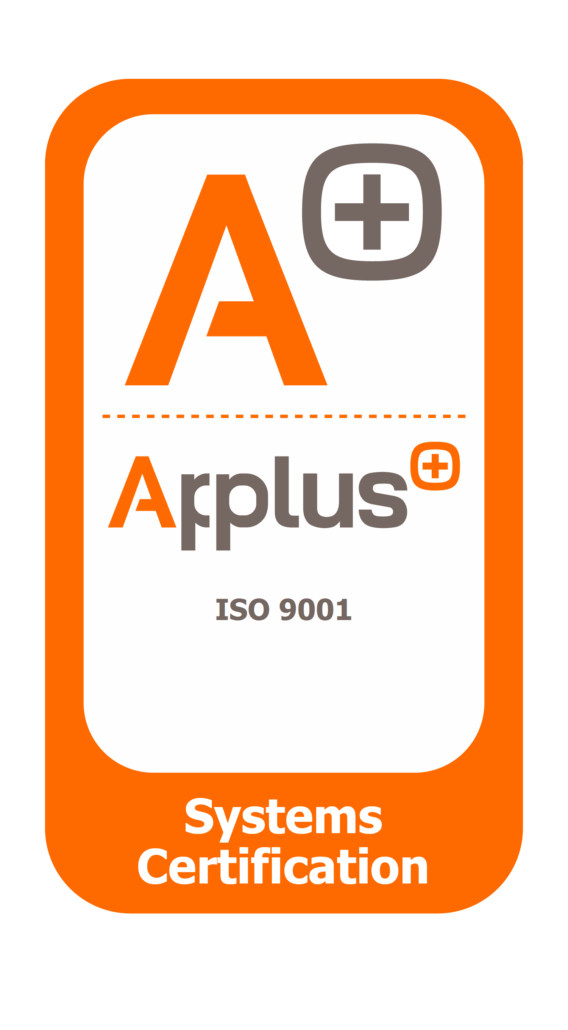
Building a Sustainable Future
In today’s rapidly changing world, the need for sustainable practices has become more pressing than ever before. As we face the consequences of climate change, it is crucial to explore innovative solutions that can help us build a sustainable future. One technology that holds immense potential in driving environmental impact is the Internet of Things (IoT). In this article, we will delve into the ways in which IoT technology can revolutionize sustainability efforts and pave the way for a greener tomorrow.
Connecting Devices for Efficient Resource Management
At the heart of IoT lies the ability to connect and communicate with various devices, ranging from sensors and appliances to industrial machinery and vehicles. By leveraging this connectivity, organizations can achieve significant improvements in resource management, leading to reduced waste and increased efficiency.
For instance, in the agricultural sector, IoT-enabled sensors can monitor soil moisture levels, weather conditions, and crop health, allowing farmers to optimize irrigation and fertilizer usage. According to a report by McKinsey, these IoT applications have the potential to increase water efficiency by up to 20% and reduce chemical usage by up to 20%, resulting in significant cost savings and environmental benefits.
Similarly, in smart cities, IoT technology can enable efficient energy management by connecting streetlights, buildings, and transportation systems. Real-time data collection and analysis facilitate better energy distribution, leading to reduced power consumption and greenhouse gas emissions. The International Energy Agency estimates that implementing IoT solutions in smart buildings and cities could reduce global energy consumption by 10% to 15% and greenhouse gas emissions by 3.8 gigatons of CO2 by 2030.
Environmental Monitoring and Conservation
IoT technology has the potential to revolutionize environmental monitoring and conservation efforts. By deploying sensors and connected devices in natural habitats, researchers can collect real-time data on various ecological parameters, such as air and water quality, temperature, and biodiversity. This data provides valuable insights for conservationists and policymakers, helping them make informed decisions about preserving and restoring fragile ecosystems.
Additionally, IoT-powered solutions can play a crucial role in wildlife protection. For example, by equipping animals with tracking devices, conservationists can monitor their movements and behaviour, aiding in the identification of migration patterns, breeding grounds, and areas at risk. Such insights contribute to the development of effective conservation strategies and the protection of endangered species.
Waste Management and Recycling
IoT technology can revolutionize waste management and recycling systems, addressing one of the major challenges of our time. Smart waste bins equipped with sensors can monitor their fill levels, enabling optimized waste collection routes, and reducing fuel consumption and greenhouse gas emissions from collection vehicles. Furthermore, these sensors can identify specific types of waste, facilitating efficient recycling processes.
By implementing IoT-enabled solutions in recycling plants, sorting and processing operations can be automated, improving accuracy and reducing human error. This automation increases recycling rates and minimizes contamination, enabling a more sustainable approach to waste management. According to the World Economic Forum, by 2025, IoT-enabled waste management systems could save cities up to $1.5 trillion in operational costs globally.
Consumer Awareness and Sustainable Lifestyles
In addition to its applications in industries and infrastructure, IoT technology can empower individuals to make more sustainable choices in their daily lives. Smart home devices can monitor energy usage, provide real-time feedback, and suggest energy-saving actions. Smart appliances can optimize their operation based on user preferences and peak energy hours. Such interventions not only reduce energy consumption but also raise consumer awareness about sustainable practices. Research conducted by the IoT Analytics Market Report suggests that by 2025, smart home devices and appliances could potentially reduce global energy consumption by 10% to 15%, translating into an annual energy cost savings of $110 to $220 billion.
The potential of IoT technology in driving environmental impact is vast and promising. From efficient resource management and environmental monitoring to waste management and consumer awareness, IoT offers innovative solutions to some of the most pressing sustainability challenges. Embracing IoT-driven initiatives can help us build a greener and more sustainable future where technology works in harmony with nature to safeguard our planet for generations to come.





